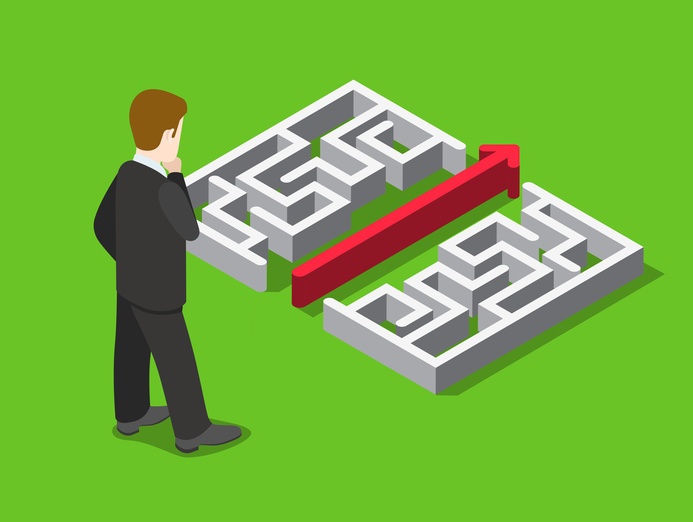Part 2 of 3
As B2B prospects move into the consideration stage, their needs become more specific and personalized. After attracting them with timely, informative inbound content in the awareness stage, you must hone in on two things: The specific problem they’re looking to solve and their appraisal of your company as the potential provider of that solution.
At this point, a prospect has options in mind and they’re comparison shopping. Details come to the forefront of their decision-making process, and it’s up to you to give them the tools they need to make a confident purchasing decision. Much like with the awareness stage, content for the consideration stage must be informative but now must focus on differentiating your company’s solutions from others.
You must walk a careful line between nurturing a lead considering your company and using too heavy a touch in moving them toward the decision stage. Success in this stage comes from greater attentiveness to how buyers make their decisions and the specific questions they’re asking. Follow these three steps for success in the consideration stage:

1. Demonstrate your worth
In the same way that content for the awareness stage is about demonstrating your expertise, consideration stage content centers on showing leads the value of your solutions. B2B prospects at this point in their journey know their options and are looking to identify the best of the bunch for their needs. This is where they decide “how” they want to solve their problem.
To that end, inbound content for this stage should provide a blueprint for how to make an informed decision. Focus on telling leads why a particular solution is more efficient/effective in downloadable materials and enumerate the potential ROI in your direct correspondence. Emphasize how best to address specific pain points and walk leads through how to make the best assessment for their needs.
You need a light touch here, as the tone of such content needs to empower the lead and not simply extol your own virtues. Don’t sell. Educate. Take what your company does well and talk about those qualities through the lens of a common buyer’s journey in their industry. Any inconsistencies during the consideration stage can make a lead lose confidence and become hesitant to progress.

2. Get more personal
As B2B prospects move further along in their journeys, they inevitably seek more detailed information. In this, the theoretical middle of the buyer’s journey, inbound content’s focus starts shifting to their more precise needs as channels like email enter the equation.
Through direct correspondence, your company can do more to meet prospects’ needs and begin an earnest dialogue. Email is a perfect way to deliver targeted content, whether it’s gathering relevant blog posts and sending them regularly or offering exclusive, detailed information in the form of whitepapers and webinars.
Make sure that email recipients have a means to get in contact with you, whether through the ability to reply to messages directly or a prominently-placed reply address. That way, they can directly inform you if they’re ready to purchase, ask questions specific to their situation, and give you valuable feedback.
3. Adjust focal points accordingly
Analyzing prospects’ feedback—of both the direct and indirect varieties—is a crucial element of consideration stage success, as it helps you achieve the aforementioned goal of producing personalized content.
For many B2B companies that have embraced inbound sales, both the sales and marketing departments are involved at this stage of the journey. Part of their cooperation in nurturing leads involves both weighing in on content strategy and adjusting for how leads have responded to current methods. Analysis of past efforts will inform what you should address when following up with leads and what you should prioritize for future leads entering the consideration stage.
Once again, restraint is important. Marketing and sales should also coordinate the frequency of direct contact to avoid inundating a lead with emails and too much information. The three main virtues of the B2B consideration stage are focus, patience and understanding. Hone in on what your leads are looking for, don’t put pressure on them to move forward through the buyer’s journey and use their responses to further refine your content to their needs. Let them decide their pace. ![]()







 By
By 